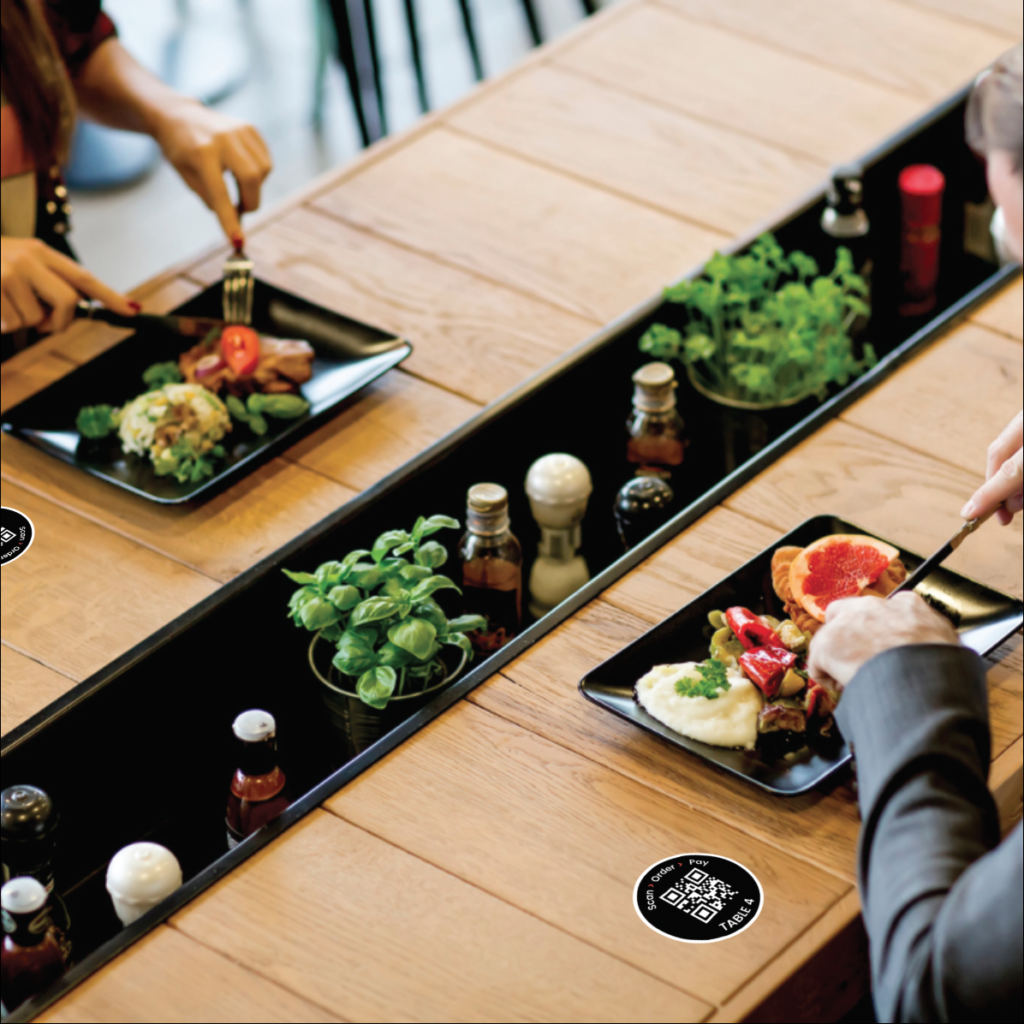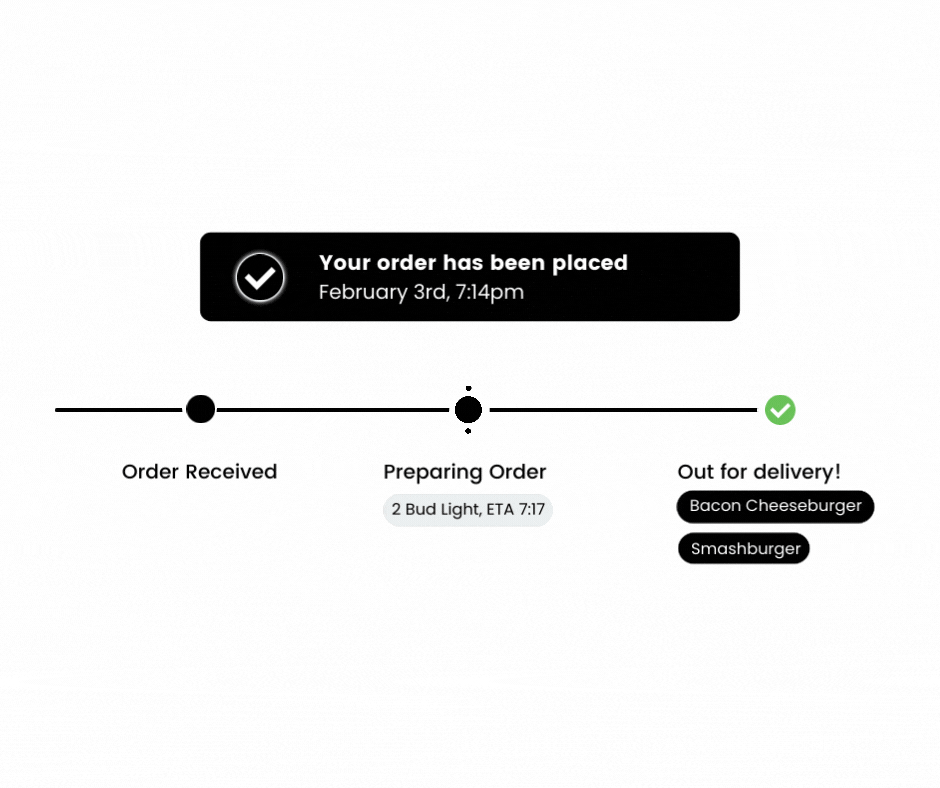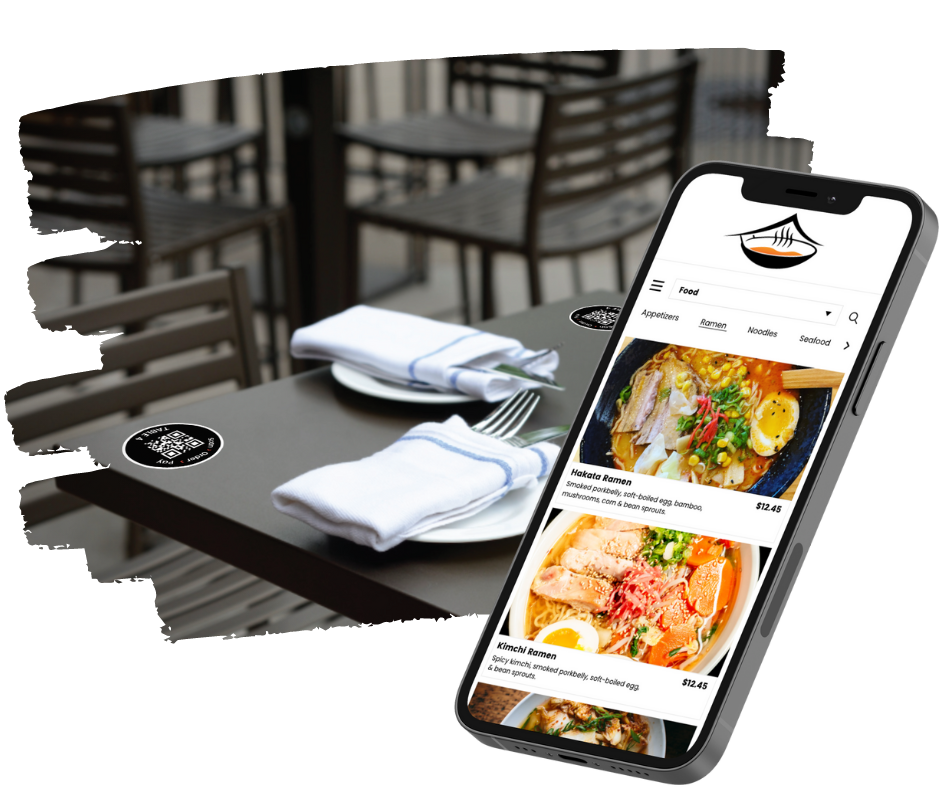
As we further embark on the digital transformation of restaurants, we’ve noticed a number of POS and payment processing providers boasting about their QR code ordering solutions. While there are some great platforms out there, we feel that most of the market is missing the mark when it comes to their understanding of what a QR code ordering platform is.
On the surface, QR code technology seems fairly easy to understand. You can place QR codes on your tables, allow guests to place orders, and then pay. Sounds pretty simple, right? Unfortunately, we don’t see it that way. While we’ve observed both legacy and cloud POS providers roll out programs that check those boxes, the buck shouldn’t stop there.
Below we are going to highlight 5 Things Your QR Code Ordering is Missing
Starting tabs
If your current system doesn’t allow your guests to choose to either start a tab or pay now, then your overall engagement with the platform likely won’t be very high. If customers have to pay every time they want to order something, they will likely opt to order through a server instead.
These programs should be designed with the modern consumer in mind. If the consumer has to continue to enter a payment method to order their next beer, that defeats the whole purpose of providing convenience.
Aside from being able to tokenize credit and debit cards to allow customers to start tabs, a modern QR code ordering platform should offer convenient payment options to start a tab in the first place.
For example, if you offer solutions such as Apple and Google Pay, it significantly reduces the amount of time it takes to start a tab. If you don’t offer these options, your customers likely have to manually input their credit or debit cards making it a much more tedious process to use your platform.
Aside from Apple and Google pay, you should also offer the ability to scan a credit or debit card for those customers who don’t use their mobile wallets providing more convenience to all users.
Order Tracking
When customers decide to order digitally, it can lead to confusion if the server doesn’t do a good job of setting clear expectations upfront. Order tracking can solve this problem because it gives the consumers visibility into the status of their orders.
Order tracking typically requires order display systems, often referred to as kitchen display systems. While most hospitality centric POS systems offer KDS, they don’t always offer the ability to status orders.
By empowering your kitchen and even front of house staff to status orders, you can update your customers in real-time on when their items are being prepared and delivered. This provides a significant new layer of convenience and gone are the days of going to the bathroom only to come back to find your food sitting on the table.

Auto-Gratuity
When offering customers the ability to start tabs, it’s critical that your QR code ordering platform has the ability to tag on auto-gratuity. For example, for drinking establishments, customers ordering digitally will often walk-out without closing their tabs. By implementing auto-gratuity, the merchant can disclose their added gratuity and charge customers accordingly. This also protects the staff from missing out on their valued tips.
To take things even further, a state-of-the-art QR code ordering system should offer the restaurant staff the ability to force close tabs. This is critical for staff members changing shifts. If your servers have tables who order digitally and have already left the venue without closing out, the server needs to be able to close their tabs for them so they can collect their tips, complete their checkout report, and go home.
Order Batching
This one is quite frequently overlooked but extremely important to launching a successful QR code ordering platform. As your venue goes digital, the number of individual tickets going to the kitchen and bar could increase significantly.
For example, if you have a 6-top ordering digitally, your kitchen and bar could now be receiving 12 tickets as opposed to the traditional 2 for the bar and kitchen. This is a major problem that can’t be overlooked.
Order batching enables the ability to merge tickets from the same tables reducing the amount of tickets in the kitchen and at the bar. A robust QR code ordering platform should give you the ability to choose your order batch times based on your venue and for each revenue center in your venue.
Dynamic Menus
Supporting dynamic menus is an important step in adopting a QR code ordering platform. You need to be able to have menus auto-populate based on location and time of day. Simply offering timed menus is not enough.
For example, a large venue or entertainment complex needs to be able to offer menus by QR code location for efficient routing. This allows patrons scanning QR codes to see the options being offered at their current location. Another example of this would be a hotel. You don’t want to show guests scanning your QR codes in their hotel rooms the menus for the pool bar and grill.
Dynamic menus can also offer a level of social engagement and excitement by offering “mystery menus” assigned to locations within your venue. Some venues like to get creative and offer certain discounts or mystery food items for their less desirable tables to keep things interesting.

So there you have it, 5 Things Your QR Code Ordering is Missing. Hopefully this post helps clarify things for anyone looking to implement a real solution for their venue. In our next post, we will cover, “How to Launch QR Code Ordering with your Staff”. Be sure to follow us for more content and stay up to date on the latest in restaurant tech.